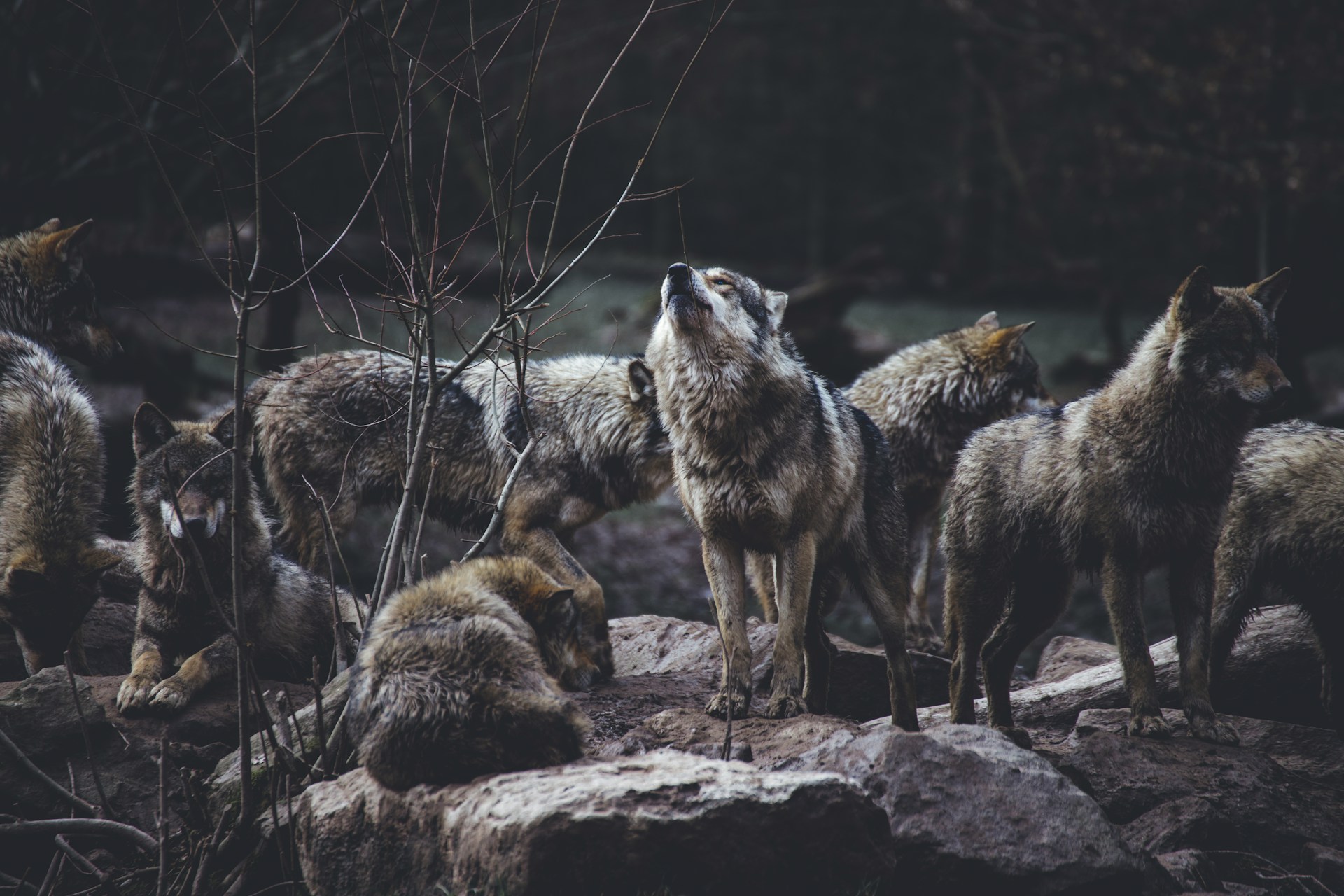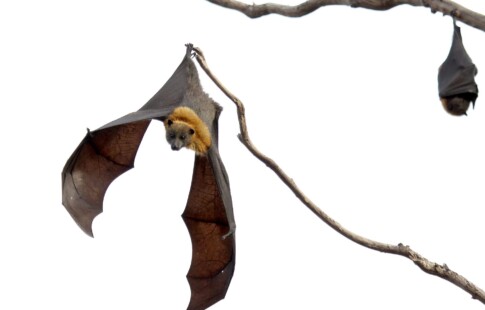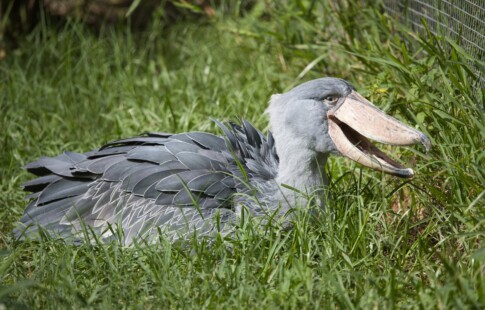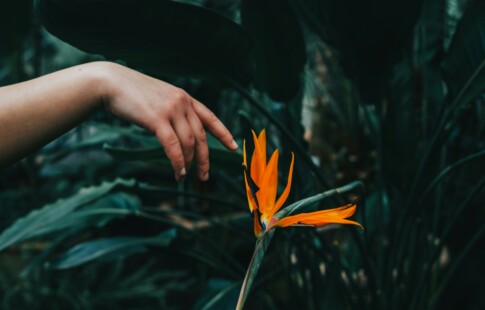
Keystone Species Animals: The Silent Champions of Ecological Stability
We are reader-supported. When you buy through links on our site, we may earn affiliate commission.
Imagine exploring a lush underwater forest that is teeming with aquatic life. The very existence of this vibrant and busy ecosystem could hinge on a single species: Sea otters. Without this keystone species, sea urchin populations would grow out of control and devour the kelp, leaving behind what scientists call “urchin barrens.”
This is just one example of some species’ importance to the environment, from promoting biodiversity to boosting nutrient cycling. The human world doesn’t always see or appreciate the work of keystone species. Yet, their presence affects people just as much as the natural world does. That is why understanding and protecting keystone animals is paramount to ensure a sustainable tomorrow.
What Are Keystone Species?
In general terms, a “keystone” is something critical to a greater whole, which ties everything together. Keystone species are essential for ecosystems’ function and structure. If an ecosystem cannot adapt without them, it could ultimately fall apart, leading to invasive species taking over and significant biodiversity loss.
Keystone species animals might be large predators or much smaller critters, such as the American alligator or a starfish. They could also be an unassuming plant. Their endangerment or extinction could be disastrous for the natural world.
Examples of Keystone Species Animals and Their Impact
Scientists have long studied the effects keystone species animals have on the environment, including what happens when they disappear. The following are examples of keystone species effects in their habitat:
- Sea otters: Help control sea urchin populations, which maintain kelp forests — urchins are voracious kelp eaters
- Prairie dogs: Promote healthy grassland habitats through soil aeration and nutrient cycling, benefiting other species
- American alligators: Create peat when nesting, while the holes they make create refuge for smaller species in places like the Florida Everglades
- Wolves: Regulate elk populations — which overgraze on trees, grass and bushes — and promote forest regeneration, especially in Yellowstone National Park
The Consequences of Losing Keystone Species
While all animals play a critical role in ecosystem vitality, losing keystone species increases ecological imperil. This is especially dire considering scientists estimate that there are approximately 15,000 endangered species on Earth.
Consider the importance of prairie dogs, whose population has declined by 98% because of sylvatic plague and habitat loss. Human-wildlife conflicts are also common with this species, as they face poisoning, especially in agricultural settings. Their demise would be detrimental to the 150 other species they create habitat for and may lead to desertification.
The loss of parrotfish could also lead to the demise of coral reefs. Parrotfish eat harmful algae that smother corals, enabling corals to grow and build resilience. If they do take a chomp out of the reef, they create gaps for new coral to grow. These fish also defecate what they eat as sand — just one parrotfish can generate 800 pounds of white sand annually, while 70% of sand on beaches in Hawaii and the Caribbean could be ground-up parrotfish poop.
Conservation Efforts and What You Can Do
The reintroduction of gray wolves in Yellowstone National Park is among the conservation field’s greatest success stories. Rewilding this keystone species once again brought balance back to the ecosystem, decreasing large herbivore populations and enabling vegetation recovery. It also reduced the number of coyotes, so prey species like rabbits and mice could reappear.
The resurgence of the American bison is another example of successful keystone species conservation. Due to ongoing efforts, it has recovered to over 350,000 individuals across the U.S. and Canada. In the Great Plains, fire and grazing behavior work in tandem to create new habitats. Plant regrowth is attractive to bison, which contributes positively to the cycle.
Ongoing efforts to conserve keystone species are crucial, as many animals are at risk. From habitat protection to restoration, comprehensive conservation strategies are high stakes for wildlife management.
You can help protect keystone species by researching the most essential animals in your local region and the threats they face. Then, look for local organizations and support groups working to conserve them. Indigenous communities, in particular, are key players working on behalf of these animals and often collaborate with nonprofits, government agencies and other groups.
Revitalizing your backyard or local parks is another way to help them. Creating a buffer zone on the edge of your property can provide a wildlife corridor and reduce their interactions with people. This could be a good project to work on with your neighbors and may entail predator-friendly fencing to safeguard both keystone animals and you and your pets.
Frequently Asked Questions?
What Is the Difference Between Keystone and Indicator Species?
According to Trustees for Alaska, keystone species demonstrate an ecosystem’s structure and function, while indicator species inform scientists about its health. Indicator species are also known as bioindicators and underscore changes — or that something will change — in their environment.
How Do Scientists Determine If an Animal Is a Keystone Species?
Scientists can determine if an animal is a keystone species by studying how its removal impacts an ecosystem. The animal is likely classified as such if there is a significant decrease in biodiversity or changes to the ecosystem’s functions. Experts often observe this through experimentation, but they can also watch what happens during species extinction.
What Are the Biggest Threats to Keystone Species?
Some of the biggest threats to keystone species are climate change, habitat loss and urbanization, overexploitation — such as overhunting and poaching — and human-wildlife conflicts.
How Can You Protect Keystone Species Where You Live?
You can get involved in keystone species conservation where you live in many ways. Research what animals are keystone species near you and join local organizations advocating for their protection. Other ways include rewilding your backyard as a renewed habitat and supporting responsible eco-tourism.
Protecting the Earth’s Ecological Anchors for Well-Being
Stable ecosystems with robust biodiversity depend on keystone species — these animals are the only way the natural world and human communities function properly. Do your part to conserve keystone animals where you live for planetary well-being.
Share on
Like what you read? Join other Environment.co readers!
Get the latest updates on our planet by subscribing to the Environment.co newsletter!
About the author

Jane Marsh
Starting from an early age, Jane Marsh loved all animals and became a budding environmentalist. Now, Jane works as the Editor-in-Chief of Environment.co where she covers topics related to climate policy, renewable energy, the food industry, and more.





